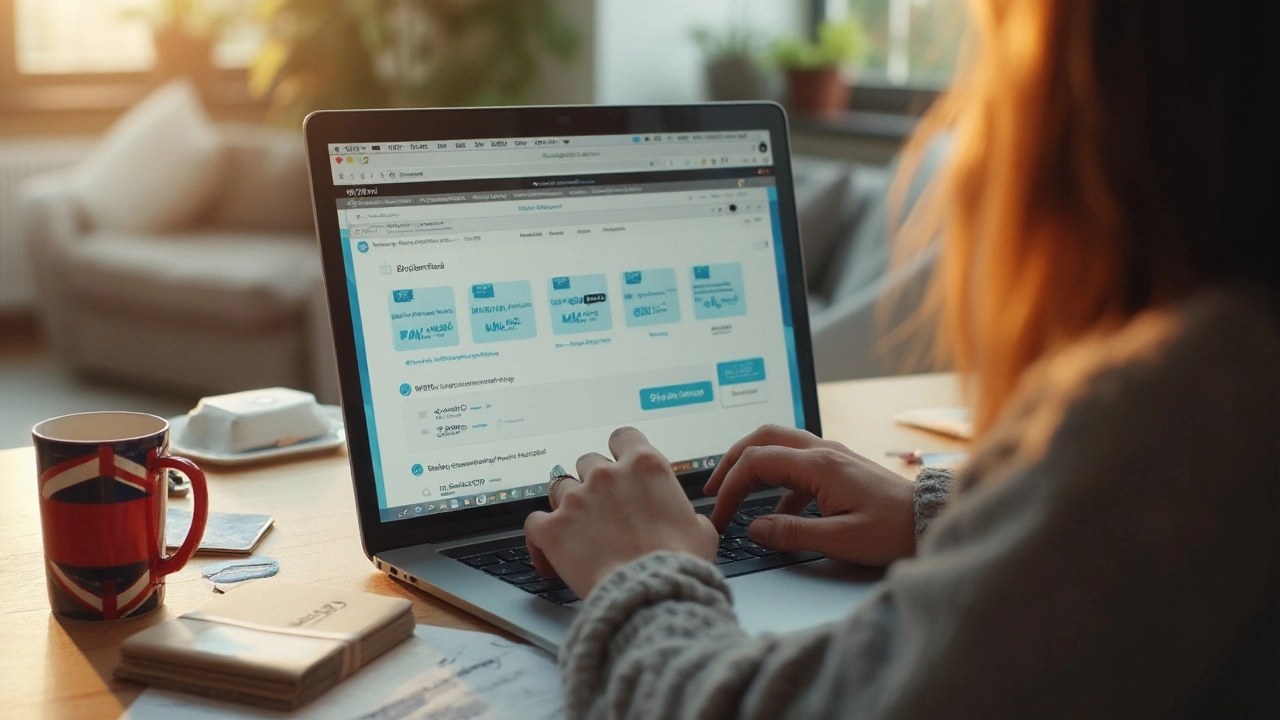Why You Should Only Use MHRA & GPhC Registered Pharmacies
If you order meds online, the first thing you need to check is whether the site is registered with the UK's Medicines and Healthcare products Regulatory Agency (MHRA) and the General Pharmaceutical Council (GPhC). These two bodies make sure pharmacies follow strict safety rules. When a pharmacy has both registrations, you know the drugs are genuine, the staff are qualified, and the service follows UK law.
Skipping this step can lead to counterfeit pills, wrong dosages, or even legal trouble. That’s why every article on our site that talks about buying medication online – from azithromycin to Betnovate – stresses checking these registrations first.
What does MHRA & GPhC registration mean?
The MHRA monitors the safety, quality and efficacy of medicines. A pharmacy listed on the MHRA’s Registered Online Medicines Supplier (ROMS) list has been inspected and approved to sell prescription drugs online.
The GPhC, on the other hand, licenses pharmacists and pharmacies. If a site shows a GPhC registration number, it proves that a qualified pharmacist is supervising every order.
Both registrations together give you three practical benefits:
- Real medicines: No fake ingredients or dangerous substitutes.
- Proper counseling: Qualified pharmacists can answer your questions before you buy.
- Legal protection: You’re covered by UK consumer law if something goes wrong.
How to check if an online pharmacy is registered
1. Look for the MHRA ROMS badge. It’s a green logo that links to the official list. Click it – you should land on a page that shows the pharmacy’s name.
2. Find the GPhC registration number. It usually appears in the footer with wording like “Registered Pharmacy No. XXXXXX”. Copy the number and search it on the GPhC website to confirm.
3. Read the contact details. A legit pharmacy lists a physical address and a UK phone number. Call them if you’re unsure – real pharmacies answer quickly.
4. Check for a valid prescription policy. They should ask for a doctor’s script before sending any prescription‑only drug. If they promise “no prescription needed”, walk away.
5. Watch out for red flags. Prices that look too good to be true, aggressive pop‑ups, or no clear privacy policy are warning signs.
By following these steps you’ll avoid scams like the ones discussed in our reviews of sites such as hisblue.com or dozepharmacy.com. Those articles break down real user experiences and show why registration matters.
Remember, a registered pharmacy isn’t just about safety – it’s also about getting reliable advice on dosage, side effects, and interactions. If you’re buying something like Flexeril, Gabapentin alternatives or vitamin D supplements, the pharmacist can guide you based on your health history.
So before you click “Buy now”, take a minute to verify the MHRA and GPhC details. It’s a small step that saves money, health, and headaches later on.

